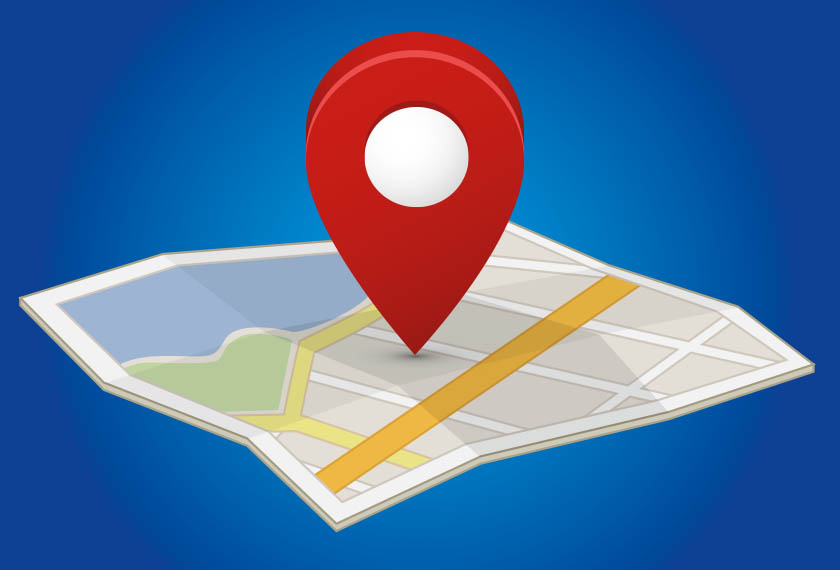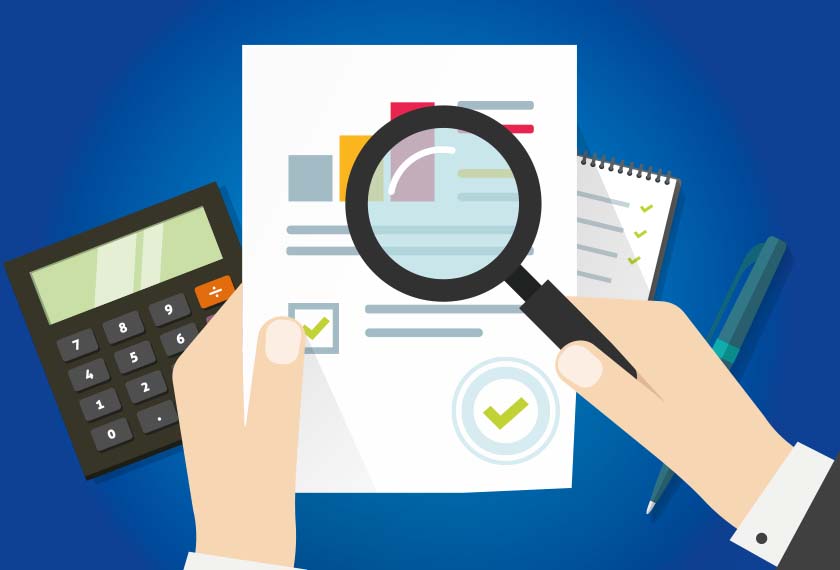Agreeing the Why’s, How’s and When’s
Page updated on: 09/08/2023
For an event to be successful it requires a clear and robust concept, which is aligned with the event aims, the needs of the target market and other relevant stakeholders. As part of the event design process you should ask and answer the five W’s (What, Why, Who, Where and When).
This requires a detailed consideration of the core or primary activities and attractions of the event, which will be determined by the event nature e.g. music, sports, arts, or culture. In addition to the main features and attractions, it is also common to have a range of ancillary and secondary activities which will increase the scope and attractiveness of the event to different stakeholders such as;
- Opening ceremony
- Music (live / DJ/ background)
- Food and drink (central or peripheral)
- Socialising / networking
- Speakers / presentations
- Entertainers / performers / celebrities
- Fireworks
- Race / match / games / competitions
- Exhibitor / product displays
- Play / performance
- Dancing / dancers
- Retailers and stalls
In determining the mix of features and programming of event elements, it is also important to consider the unique attributes, history and heritage of the event location and venue and how these can be incorporated into the event to complement its outcomes.
Aspects such as programming need consideration to achieve the correct balance of activities to meet the needs of all the different stakeholders in the event. Depending on the event nature, a committee comprised of different groups involved in the event can be one way of identifying and programming suitable activity.
In the context of repeat events, you should always seek to introduce new elements to the event to keep it fresh and enticing, whilst also retaining elements which are core to the overall experience.
In considering the scope of the event and the features within it, there must be continual reference back to the aims and objectives of the event. For example, is the focus of the event bringing the community together, attracting visitors or a range of both? With limited resources come difficult decisions, so it is always a case of balancing aims and objectives, against different elements of the event to achieve the best outcome.
This requires a detailed consideration of the event target market (potential audience) both in terms of their characteristics and the number of people the event is seeking to attract. You need to know as much as possible about the target market/potential market for your event.
- Who are they?
- Where do they live?
- How will they travel to your event?
- What types of events do these people go to?
- What will they expect at your event in terms of entertainment, standard of facilities and amenities?
- What proportion of new customers and repeat visitors are there?
- When and how do they buy tickets?
- How often do they go to events?
- How big is this market?
- How big should this event be?
- What type of capacity will you be catering for?
These are just some of the questions you should be asking about your audience.
In terms of where to stage an event there are two broad considerations which are location and venue. The location relates to where the event takes place for example a specific town, village, or geographical area. The venue is the actual site of the event, which could be an existing event venue or a greenfield site.
Decisions over where an event should it be held may be relatively simple or very complex depending on the requirements of the event itself. However, regardless of size, decisions of venue and location must relate back to the events purpose and aims, whilst also conforming to the selection criteria below:
- Marketing (match needs of target audience)
- Functional (size and capacity, layout, and design)
- Operational (access, stage size, power, water, facilities, parking, ticketing)
- Risk management (safety and control, emergency provisions, infrastructure)
- Financial (affordable within budget)
- Aesthetic (attractive and complementary of event)
In addition to the venue itself, it is also important to consider external factors when selecting your venue such as;
- Accommodation supply in the surrounding area for participants / visitors
- Access routes to the location and venue
- Drop off and car parking facilities
- Distance from bus, train, ferry stations / terminals / airports
- Exhibition access / loading areas
- Building development and planned road works
- Other events competing for venues, resources, and customers
- Other events likely to create issues for suppliers or visitor access
Indoor venue options include: Museums, schools, colleges, universities, galleries, convention centres, nightclubs, restaurants, leisure centres, hotels, tourist attractions and historic buildings.
Outdoor venue options include: Parks, streets, theme parks & zoos, markets, sports grounds, national parks, squares, vineyards, and open farmland.
Once you have identified and booked your venue you can produce site plans to show the position of various elements within the event. Key aspects of importance include entrances and exits, attractions and activities, vending areas, and catering areas.
If the event is outdoors then other aspects such as the location of perimeters, stages, vehicle entrances, infrastructure, toilets and first aid require consideration. Your site design should carefully consider the operational and safety dimensions of the event, in addition to the aesthetics of the event experience.
Visit the Health and Safety Executive website for guidance on venue selection and site design.
Target audience, event activities, venue availability, market characteristics and event organisers’ preferences help define suitable dates e.g. if the market segment targeted is families with young children, then school time must be avoided. Likewise, it must not go on for too long in the day. Depending on the nature of the event, decisions about when to stage it may or may not be an option, as they may be governed by an external set of factors.
If there is flexibility in the staging of the event, then dates must also be selected with due consideration for competition for audiences and resources to stage the event. It is essential to have a clear picture of other events in the area/market and understand how they will impact on visitor numbers and behaviour in the area and availability of resources such as venues, staff, equipment and even parking spaces. Understanding patterns of supply and demand within the local market will help identify dates to avoid and potential dates when the event would be more successful.
You can use the What’s on in Carmarthenshire page of the Discover Carmarthenshire website to see a range of forthcoming events: Once you have set the date for your event it is advisable to add the information to this calendar as soon as possible.
The duration and range of activities are closely related, as the longer the duration the more programming is required however, with longer events there is the potential for higher ticket prices and the ability to spread overheads over several days, depending on the infrastructure requirements. When deciding on event duration, one must look to the stakeholders involved in the event and their individual needs and expectations. Also, through identifying which elements of the programme can run in parallel and which must be sequential then the desired event duration can be ascertained. In addition to duration of the event, the start and finish times also require careful consideration regarding elements such as the target audience, transport arrangements, local traffic conditions, weather, and daylight hours.
More from Organising events











